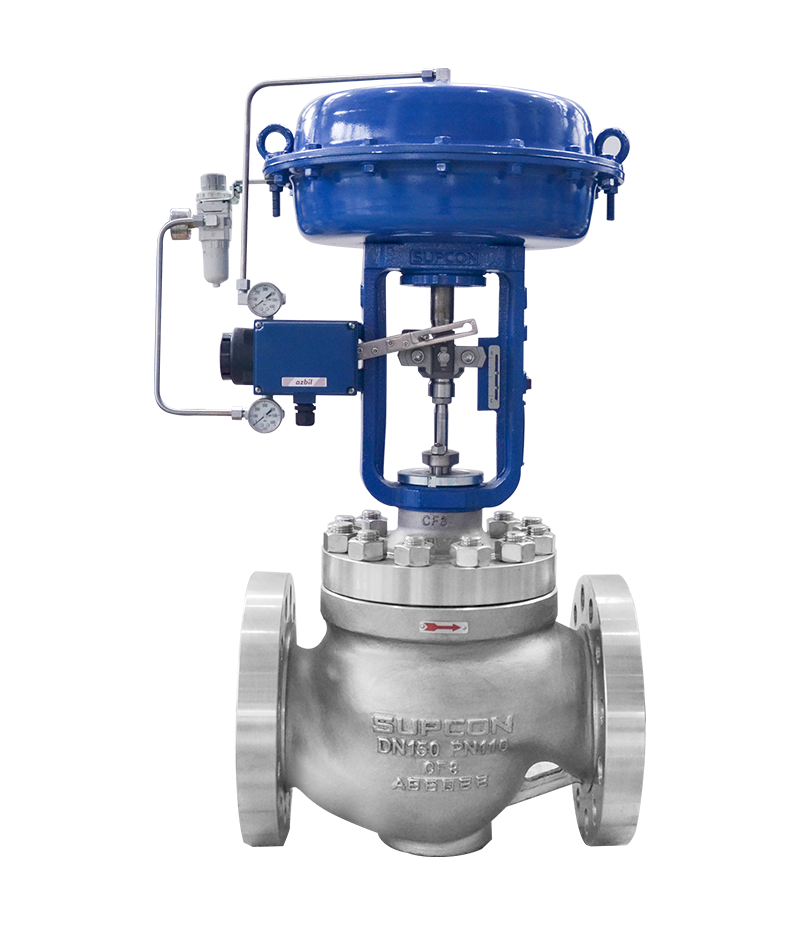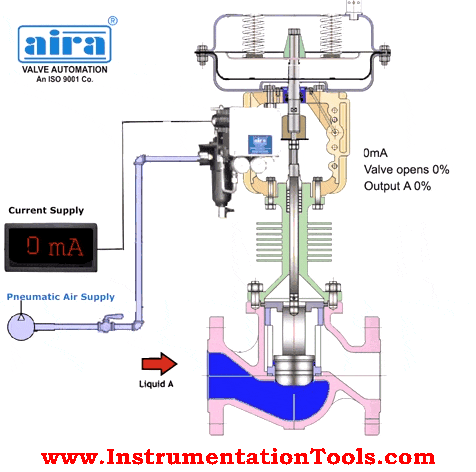Ingenious Control Valves: Enhancing Accuracy and Dependability
Ingenious Control Valves: Enhancing Accuracy and Dependability
Blog Article
Achieve Seamless Assimilation and Control With High Quality Building Automation Controls
In the realm of modern-day structure management, the importance of top quality structure automation controls can not be overstated. Welcoming high quality building automation controls is not simply a matter of benefit yet a calculated critical for organizations aiming to optimize their centers' performance and sustainability.

Evolution of Structure Automation Controls
Throughout the previous few years, the advancement of building automation controls has actually significantly changed the means structures are managed and operated. Constructing automation systems primarily focused on fundamental functions such as managing heating, air flow, and air conditioning (HVAC) systems. As innovation progressed, these controls have ended up being much more advanced, enabling for a broader range of building systems to be incorporated and taken care of centrally.
The development of developing automation controls has actually seen a change in the direction of more smart systems that can adjust to transforming problems in real-time. This versatility is essential for maximizing power effectiveness and making certain occupant comfort. Furthermore, modern-day structure automation controls currently offer functions such as anticipating upkeep, remote surveillance, and data analytics, allowing facility managers to make data-driven choices to boost structure performance.

Benefits of Top Quality Combination
The improvement in building automation manages towards even more smart systems has actually underscored the substantial benefits of quality combination in optimizing structure procedures and improving general efficiency. This centralized control also provides better exposure and insights into structure performance, making it possible for aggressive maintenance and optimization approaches. Generally, the advantages of top quality assimilation in structure automation controls are obvious, providing increased effectiveness, comfort, and functional efficiency.
Boosted Individual Experience and Accessibility
Enhancing user interaction with structure automation controls through intuitive layout and improved accessibility boosts the general experience for owners and facility managers alike. By focusing on customer experience, constructing automation systems can become much more reliable and user-friendly. Intuitive interfaces, clear navigating, and customizable setups equip users to engage with the controls conveniently and properly.
Accessibility features play an important duty in guaranteeing that all people, consisting of those with handicaps, can utilize the structure automation controls effortlessly. Including features such as voice commands, tactile buttons, and color-contrasted displays can enhance accessibility and make the controls more inclusive.
In addition, boosted customer experience results in higher user fulfillment, enhanced performance, and far better decision-making. Passengers can readjust ecological settings according to their preferences, while center managers can successfully manage and check structure systems - control valves. In general, prioritizing customer experience and ease of access in structure automation manages adds to a much more smooth and effective building setting for all stakeholders included
Sustainable Practices Via Automation

Furthermore, automation can promote the assimilation of renewable resource sources such as solar panels or wind generators right into building operations. By automatically changing energy use based on the schedule of eco-friendly energy, structures can additionally minimize their dependence on non-renewable sources. This seamless assimilation of sustainable methods not only profits the setting but also boosts the overall operational effectiveness and cost-effectiveness of the structure. Via automation, structures can align with contemporary sustainability goals and add to a greener future.
Future Trends in Structure Control Equipment
One prominent fad shaping the future of building control systems is the boosted assimilation of Artificial Knowledge (AI) and device understanding. Additionally, the Web of Things (IoT) is revolutionizing building control systems by connecting gadgets click this and sensing units to simplify operations and enhance efficiency.
One more key fad is the focus on cybersecurity procedures to secure versus possible dangers to building automation systems. As buildings end up being much more interconnected, making sure robust cybersecurity protocols will certainly be necessary to protect delicate information and avoid unauthorized gain access to.
Moreover, the change towards cloud-based systems is obtaining momentum, permitting centralized control and remote access to building systems. This helps with much easier surveillance, maintenance, and updates, boosting the overall efficiency and flexibility of structure control systems. As modern technology remains to advancement, these trends are click to investigate anticipated to form the future landscape of building automation controls, driving innovation and sustainability in the developed setting.
Conclusion
Finally, developing automation controls have actually evolved significantly, using countless benefits such as enhanced customer experience, accessibility, and sustainable practices. Quality assimilation plays an essential role in accomplishing seamless control and reliable procedure of structure systems. Future trends in building control systems are likely to concentrate on additional enhancing automation capacities for boosted energy effectiveness and general performance. It is important for building proprietors and operators to prioritize the adoption of top quality structure automation regulates to optimize building operations and attain long-lasting sustainability goals.
In the world of modern building monitoring, the importance of top quality structure automation controls can not be overstated. Generally, the development of building automation controls continues to drive technology in the structure management industry, using new possibilities for developing smarter and a lot more sustainable buildings.
The advancement in building automation controls towards even more intelligent systems has highlighted the substantial advantages of top quality integration in optimizing structure procedures and improving total performance. Generally, focusing on user experience and ease of access in building automation regulates adds to a much more seamless and efficient building setting for all stakeholders entailed.
It is important for structure owners and operators to prioritize the fostering of high quality structure automation controls to maximize building operations and achieve lasting sustainability objectives. - control valves
Report this page